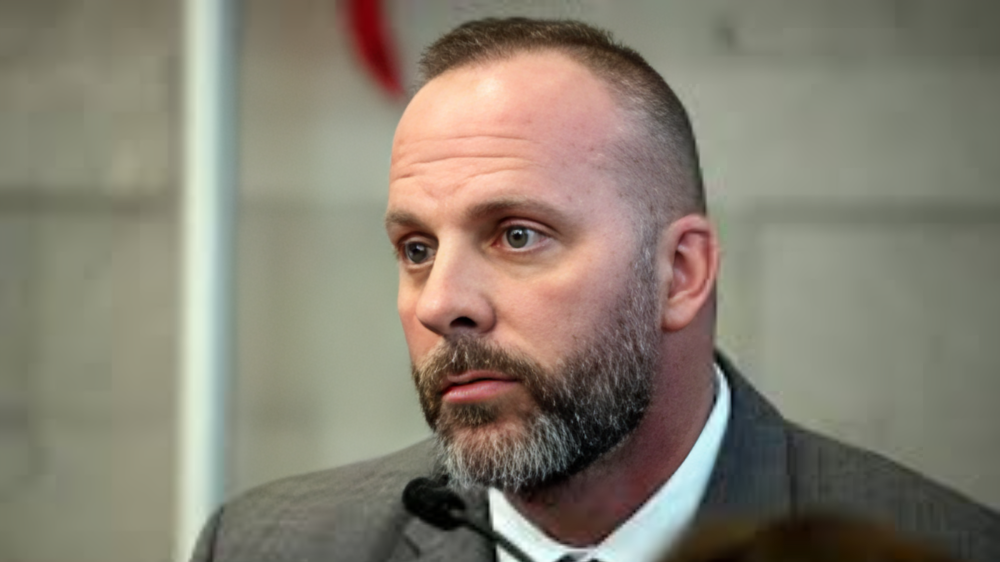When considering cosmetic surgery, patient reviews are a crucial resource for evaluating a surgeon’s expertise and patient care. Dr. Kevin Sadati bad reviews, a prominent facial plastic surgeon based in Newport Beach, California, has garnered both commendations and criticisms in patient testimonials. This article delves into the negative reviews associated with Dr. Sadati, aiming to provide a balanced perspective for prospective patients.
Overview of Dr. Kevin Sadati’s Practice
Dr. Kevin Sadati specializes in facial plastic surgery, offering procedures such as facelifts, rhinoplasty, neck lifts, and non-invasive treatments. He is known for innovative techniques, including his patented “Natural Facelift,” which focuses on achieving long-lasting results with minimal scarring. Despite his acclaim, some patients have reported negative experiences, which are essential to examine for a comprehensive understanding.
Common Themes in Negative Reviews
Unmet Expectations
A recurring theme in negative reviews is dissatisfaction with surgical outcomes. Some patients report that their post-operative results did not align with their expectations, citing issues such as asymmetry, noticeable scarring, or results that appeared too subtle relative to the cost and recovery time involved.
Surgical results can vary based on individual anatomy, healing processes, and the realism of patient expectations. It’s crucial for surgeons to manage expectations through thorough pre-operative consultations, ensuring patients have a clear understanding of achievable outcomes.
Post-Operative Complications
Some reviews mention complications such as prolonged swelling, infection, or suboptimal healing. For instance, a patient reported experiencing significant issues post-surgery, including unnatural skin ledges and eye disfigurement, which required additional corrective procedures.
While complications are inherent risks in any surgical procedure, effective post-operative care and clear communication about recovery expectations are vital. Surgeons should provide comprehensive aftercare instructions and be readily available to address patient concerns promptly.
Communication and Customer Service Concerns
Several negative reviews highlight dissatisfaction with the communication and customer service experience at Dr. Sadati’s office. Complaints include difficulty in scheduling follow-ups, long wait times, or feeling rushed during consultations.
Exceptional patient care extends beyond surgical expertise. Efficient office operations, empathetic communication, and ensuring patients feel valued during interactions are critical components of a positive patient experience.
Legal Allegations
In 2019, a report surfaced alleging that Dr. Sadati was not board-certified in facial cosmetic plastic surgery, suggesting potential misrepresentation.
It’s essential for patients to verify a surgeon’s credentials and board certifications through official medical boards to ensure they meet the necessary qualifications and standards.
Factors to Consider When Evaluating Negative Reviews
Contextual Understanding
Negative feedback can stem from various factors, including unrealistic expectations, personal biases, or isolated incidents. It’s important to assess whether a negative review reflects a broader pattern or is an exception.
Volume and Consistency of Reviews
A few negative reviews amidst a majority of positive feedback may not be representative of the overall patient experience. Prospective patients should consider the overall sentiment across multiple platforms to gain a balanced perspective.
Surgeon-Patient Communication
Many issues raised in negative reviews could result from miscommunication. Open and honest dialogue between patients and surgeons is essential to ensure clarity about desired outcomes and procedural limitations.
Steps to Address Patient Concerns
Enhanced Pre-Operative Consultations
To mitigate post-surgical dissatisfaction, it’s beneficial for practices to emphasize detailed consultations. Setting realistic expectations and providing visual aids, such as simulations, can help patients better understand potential outcomes.
Streamlining Office Operations
Improving scheduling systems, reducing wait times, and ensuring patients feel valued during interactions can address customer service concerns. Training staff on empathetic communication can also enhance the patient experience.
Proactive Post-Operative Care
Providing comprehensive aftercare instructions and maintaining open lines of communication for patient concerns are critical steps to reduce the likelihood of complications and enhance patient satisfaction.
FAQ’s about Dr. Kevin Sadati
Q: How can I verify a surgeon’s credentials?
A: You can verify a surgeon’s board certification and credentials through official medical boards, such as the American Board of Medical Specialties (ABMS) or the American Board of Facial Plastic and Reconstructive Surgery (ABFPRS).
Q: What should I consider when reading patient reviews?
A: Look for patterns in feedback, both positive and negative. Consider the context of complaints and assess whether they reflect isolated incidents or a broader trend.
Q: How important is the pre-operative consultation?
A: The pre-operative consultation is crucial for setting realistic expectations, understanding the procedure, and establishing clear communication between you and your surgeon.
Q: What should I do if I experience complications after surgery?
A: Contact your surgeon immediately to discuss your concerns. Prompt communication can address issues early and improve outcomes.
Q: How can I ensure a positive surgical experience?
A: Conduct thorough research, choose a qualified and experienced surgeon, maintain open communication, and follow all pre- and post-operative care instructions diligently.
Conclusion
While Dr. Kevin Sadati has received numerous positive reviews for his work in facial plastic surgery, it’s important to consider the negative feedback to make an informed decision. By thoroughly researching and consulting with the surgeon, prospective patients can better understand potential risks and set realistic expectations for their surgical outcomes.




